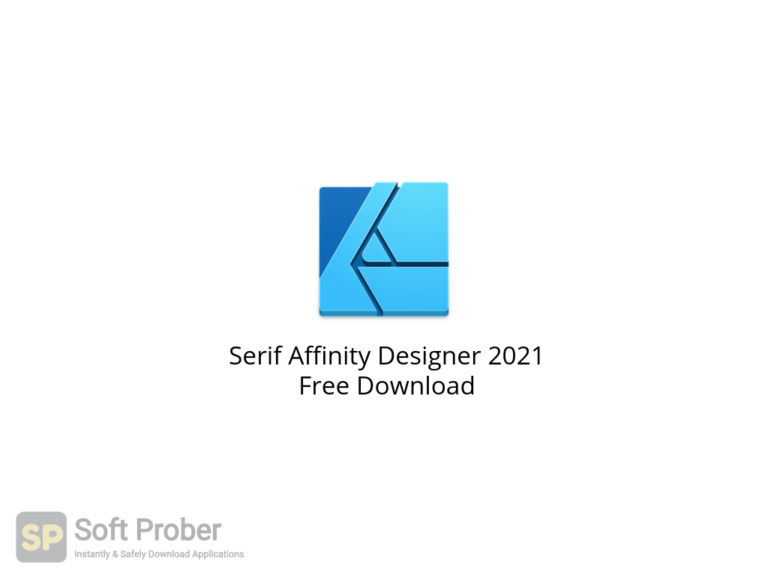

Version 1.9 also includes GPU acceleration which can achieve up to 10x speed improvements for Windows users on many pixel-based tasks. RAW engine processing in Affinity Photo has been improved with new linked layer functionality as well as a completely new mode for control how astrophotography images are combined during stacking. A new Divide Blend mode can be used for correcting color casts, enhancing infrared images and augmenting live filters. It also allows for better noise reduction and manual lens corrections, as well as more cropping flexibility. In Photo 1.9 you can create, save and recall different interface layouts with ease – useful if you have multiple users that prefer different layouts, or if you have specific workflow setups that you wish to toggle between – colour grading, retouching, brushwork, vector design and compositing, etc.Īffinity Photo also sees its list of supported cameras expanded, plus the addition of the SerifLabs RAW engine to its iPad counterpart, which ensures consistency between how RAW files are developed on desktop and iPad. You can also create pattern layers from existing raster layers, giving you another approach to bitmap pattern fills for architecture and other design workflows.

Mac users have enjoyed the benefits of Metal Compute hardware acceleration since version 1.7 and now Windows users have this same benefit: ‘experience some massive performance gains, especially with more esoteric workflows like complex layer compositing in 16-bit or 32-bit pixel formats.’Ĭreate endlessly-repeating patterns just by painting into the bounds of this new layer format, then rotate, shear, scale, clip and mask it for some fantastic design ideas. Hardware acceleration uses your computer’s GPU devices to dramatically increase rendering performance for raster-based operations, such as compositing pixel layers, adjustment layers, live filters and raster tools.

There’s also a dedicated background removal filter for removing difficult background gradients (light pollution, airglow, moon illumination, sensor defects) after tone stretching. Developer Serif claims that this makes Affinity Photo one of the very few cross-platform apps that can perform the entire astrophotography post-production workflow, from stacking to powerful editing and retouching-all in 32-bit precision.For stacking, you can auto-detect hot/cold pixels and manually highlight column defects to produce a cleaner stacked result. You are now able to stack deep sky astrophotography imagery, including FITs documents in addition to RAW files. Affinity Photo 1.9 has a new mode to control the stacking of astrophotography images.


 0 kommentar(er)
0 kommentar(er)
